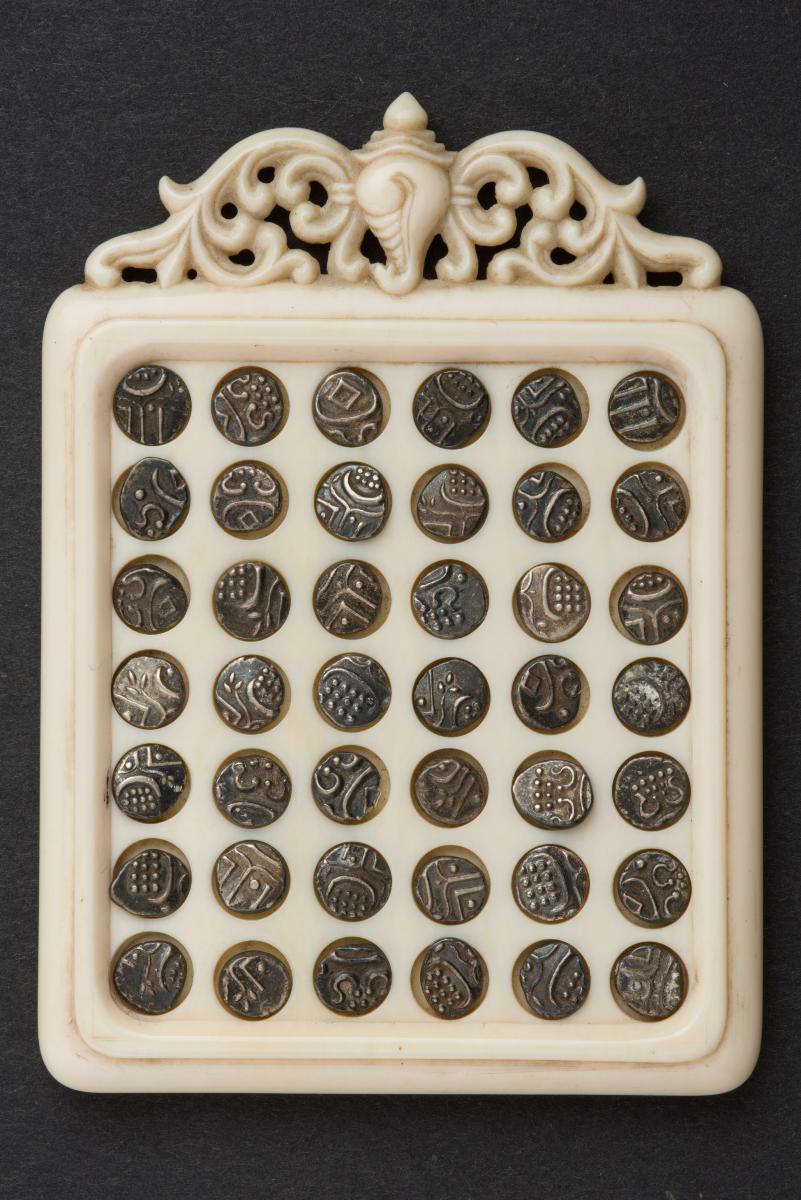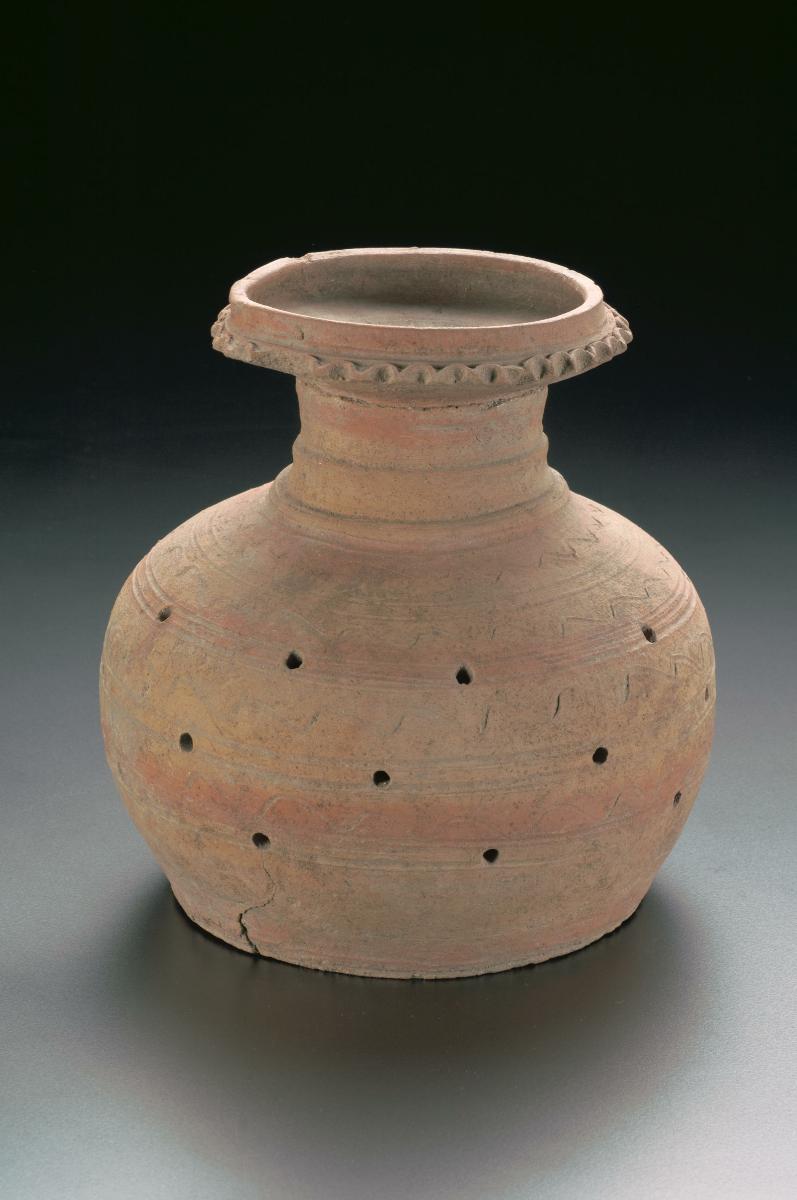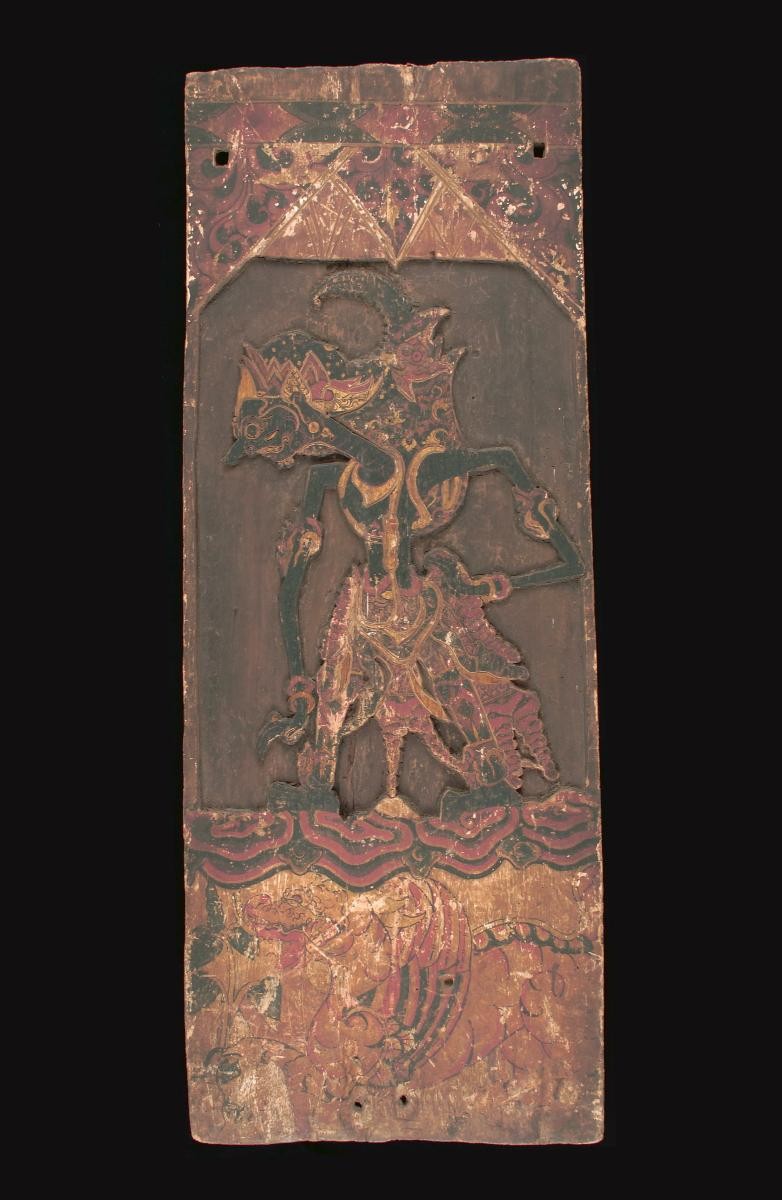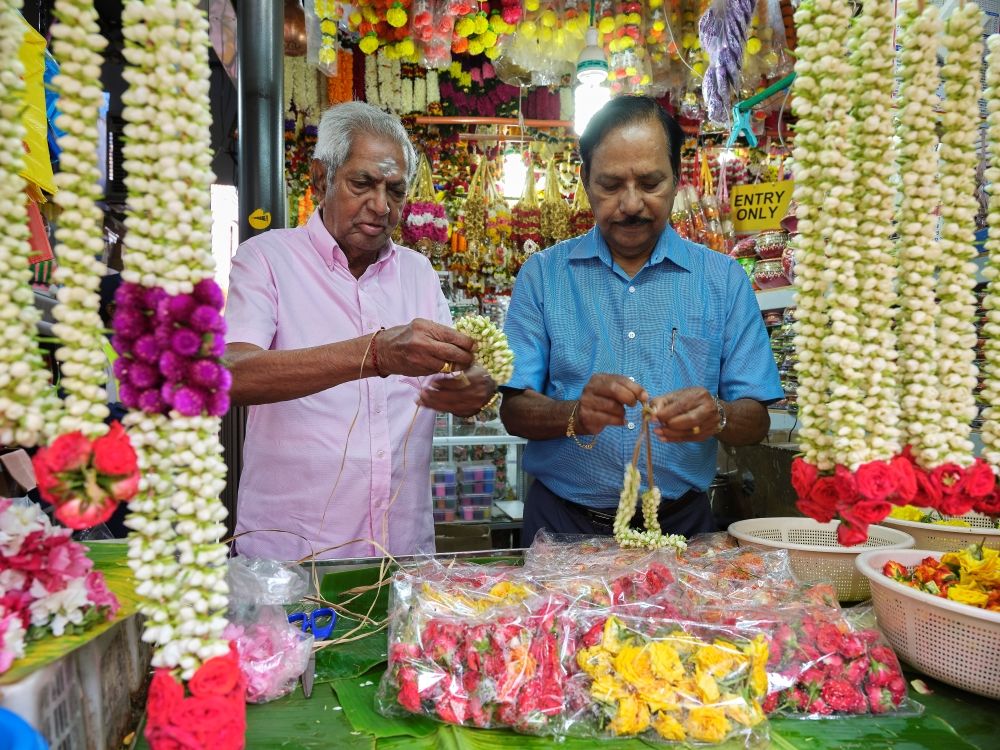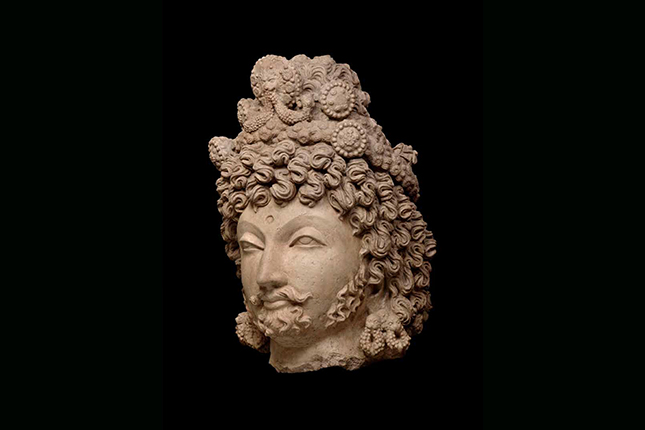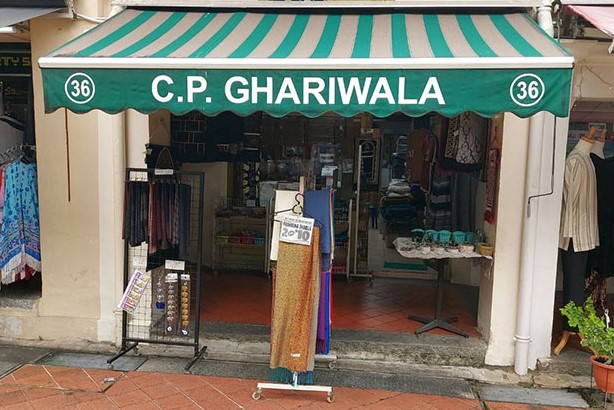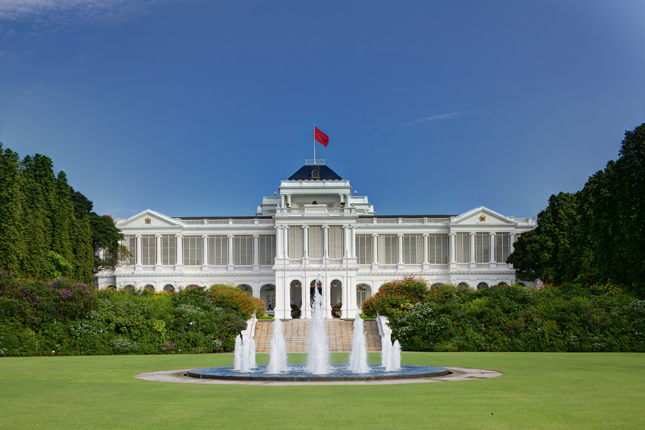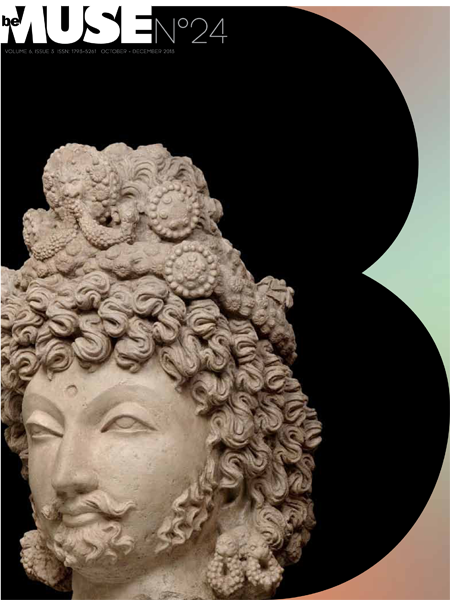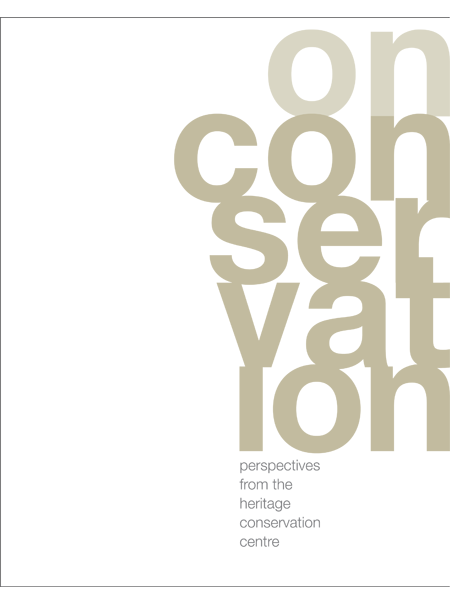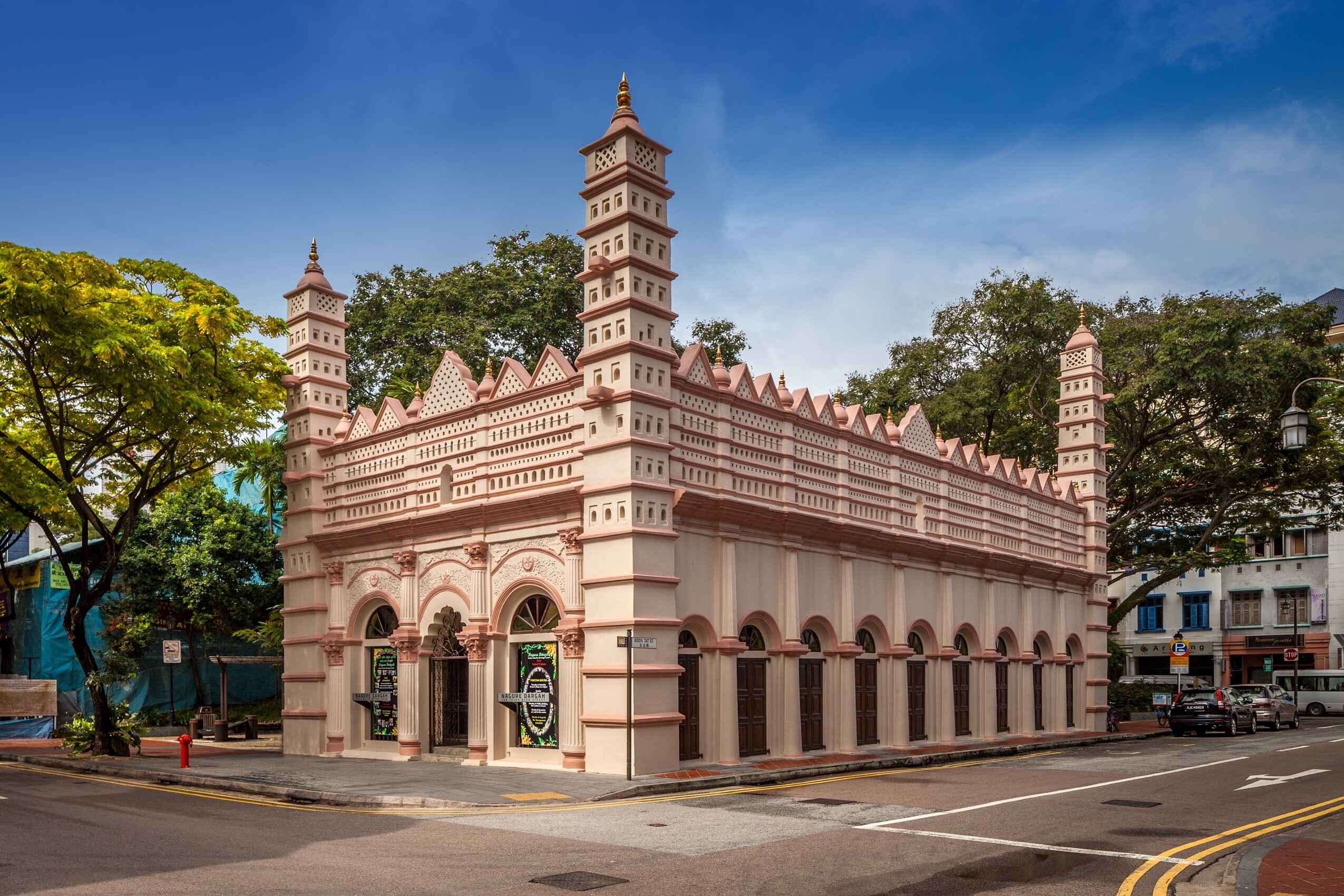Object size: Part 2 to 43 0.4 x 0.4 cm
Travancore, a princely state (1858 – 1949) in southern India issued currency known as the Travancore Rupee, different from the British currency of the time. It was subdivided into 7 fanam, each of 4 chakram, each of 16 cash. From 1901, silver coins issued were in denominations of 2 chakram, 4 chakrams, 7 chakram (quarter rupee) and 14 chakram (half rupee). The Travancore Rupee was issued until 1949 when the Indian Rupee replaced it. This is a carved ivory chakram counting board. This board was used to separate 42 chakram per count. The board is complete with 42 silver chakram. Each chakram or coin is a small, flat pellet with symbols and numerals. The board is elaborately carved with pierced, scrolling foliage surrounding a central sacred conch. The conch is an indication of the Vaishnavite leanings of the Travancore royalty as is the term chakram which is drawn from the term for the discus held by the Hindu god Vishnu. Such boards would have been used for counting coins by dipping it into a coin container and then shaking off excess coins, leaving only 42 coins to settle in each of the sockets on the board. An ivory example for 100 chukrams was shown at the Delhi Exhibition of 1902-03, and is illustrated in the exhibition's catalogue (See Watt, 1903, plate no. 41).




